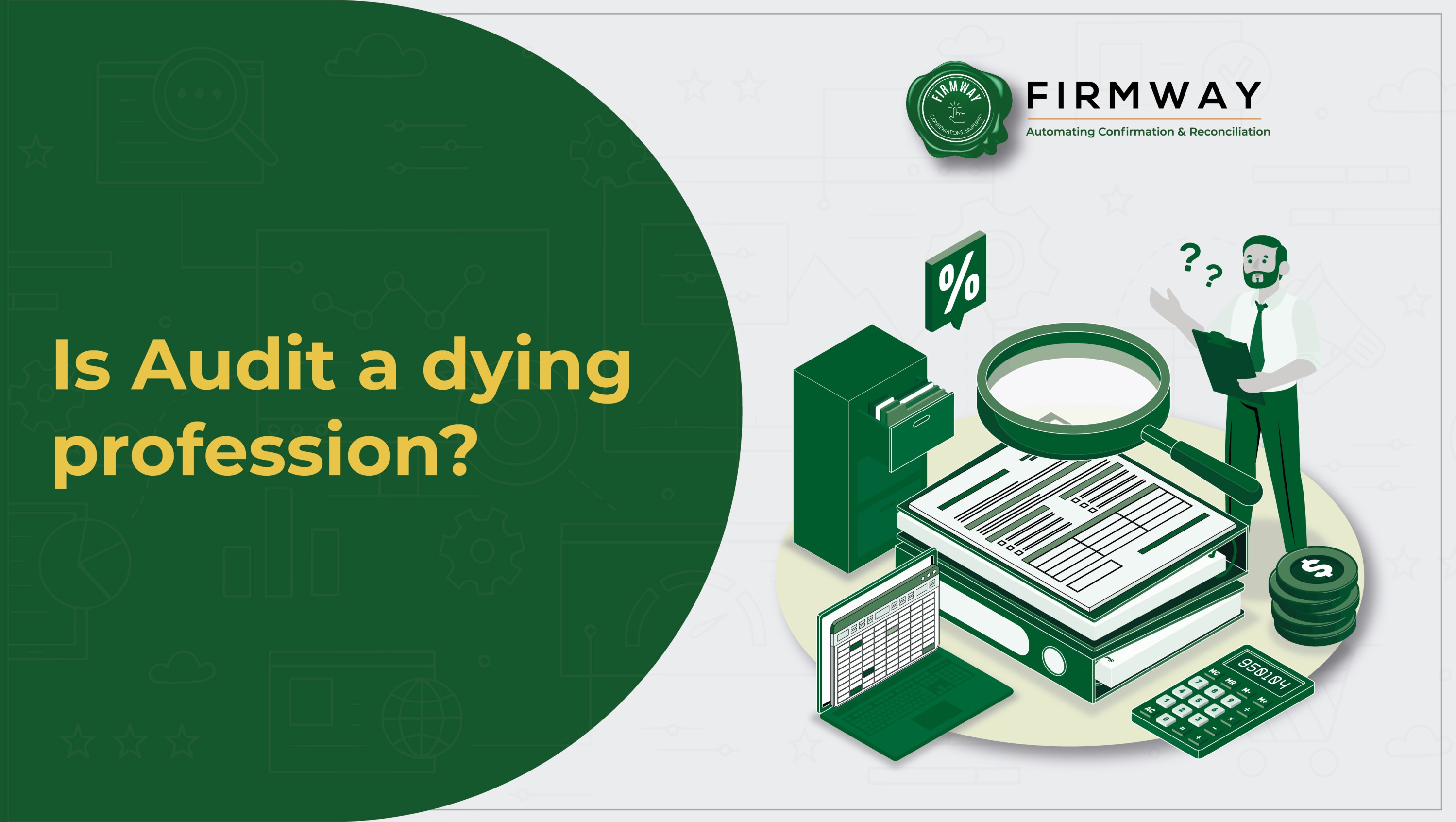Why companies need to Automate TDS Reconciliation?
Customers deduct TDS on every sale of goods and services above a certain limit, requiring TDS reconciliation. Companies need to reconcile TDS periodically by extracting transaction data from Accounting Software as well as 26AS form from the government portal to ensure that the client has given proper credit and avoid penalties and audit risk. The TDS and TCS that are eligible for credit are reflected in the statement while reconciling with the ledgers.
Unlocking Efficiency: The Role of Automated TDS Reconciliation
The majority of organizations today manually perform this crucial process. A survey revealed that Tax managers dedicate, on average, at least 8 hours a week to manual data tasks, with 25 percent reporting spending over 20 hours a week on such tasks.
In another survey of over 280 companies, respondents reported that they could eliminate a large part of inefficiencies by using automated tools, with 62 percent indicating this. Just like the other financial functions, TDS reconciliation is faced with a similar fate. Accurate reconciliation of TDS credit reduces the tax burden and ensures no loss of TDS credit. However, due to manual intervention, faces the following challenges:
Challenges spelled out
- The possibility of manual errors in inputting amounts while filing returns can result in a mismatch.
- For a deductee with a large number of customers, matching amounts is a herculean task.
- The frequent updates to 26 AS make it time-consuming to reconcile and track on Excel worksheets.
- Adopting manual work involves different people and their different ways of working. This lacks standardization and discipline. Communication usually happens over email and is easy to falsify or spread misinformation.
- Proactive tracking of discussions with the tax deductor or collector for corrections due to identified mismatches. Teams in finance need to manually communicate over endless emails and calls.
- Version control of Excel sheets and other documentation can cause issues in many instances.
- While working in a manual model, you might keep the reports in disparate places.
- The booking of TDS in the books of the deductor and deductee can be for different periods. Time differences spill over from one quarter to another quarter in the form of 26AS, causing further discrepancies.
Automating this process will enhance accuracy for 26 AS and significantly reduce time spent processing low-value-adding activities. It also enables us to manage TDS and TCS credits as per Form 26AS and books of accounts and almost nullify leakages.
What are the benefits of automating the reconciliation process?
Running a tax department equates to having a plethora of responsibilities, especially concerning compliance and regulations like TDS. However, using reconciliation automation tools helps expedite the reconciliation process and closure while also improving compliance, enhancing accuracy, and promoting transparency.
- Firmway’s 26 AS Reconciliation Software is also one such piece of software that makes the reconciliation process seamless for the organization.
- Maps the TAN number with the PAN number for reconciling
- It can reconcile large volumes in 60 seconds.
- With the flexibility, it offers in quarterly, half-yearly, and annual reconciliations, it highlights mismatches and classifies entries into different buckets for ease of operations.
- Efficiently manages communication with parties and generates actionable reports as and when required
Automation of the reconciliation process is truly the need of the hour for any business. With manual processes, it’s difficult to scale in response to the reconciliation when there is an increase in transactions. However, automation of the process makes the entire process effortless.






